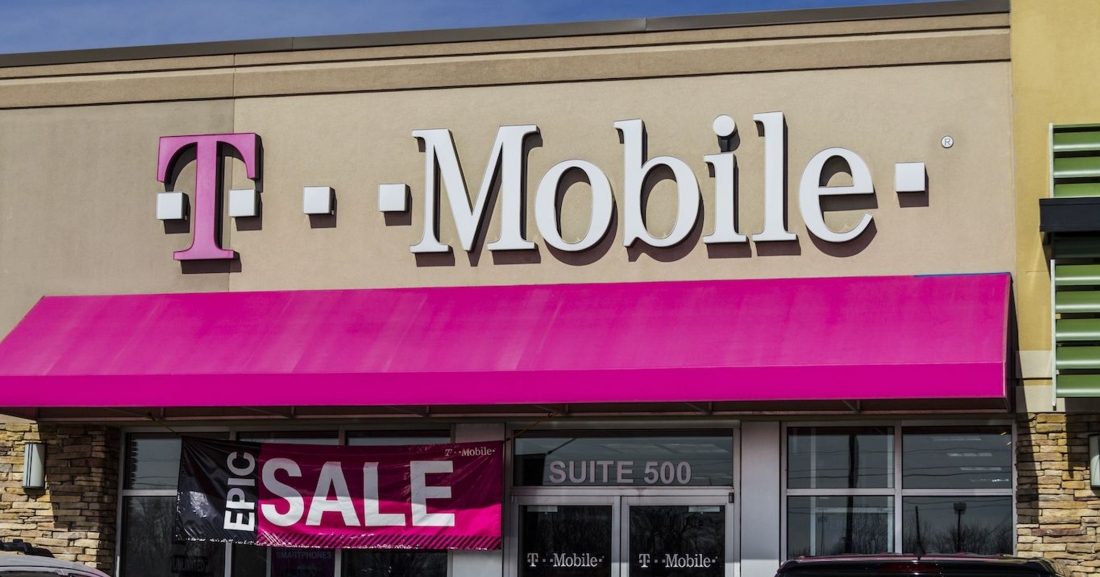Why it matters: As smartphones push past the $1,000 barrier, it's not surprising to see carriers offer financing options to lessen the monthly blow. As when financing anything, keep the actual cost of the product in mind to determine if you can truly afford it.
In the olden days of wireless, carriers would subsidize the cost of hardware through contracts. Things work differently these days as consumers are now responsible for paying for their devices entirely. The transition was relatively smooth as carriers started offering to finance devices through payment plans.
In the eyes of many consumers, not much changed... well, except one thing.
Flagship smartphones costing in excess of $1,000 are quickly becoming commonplace and not everyone is hip to the new normal. Sure, there are more affordable alternatives and many of them are excellent but if you want the latest and greatest phone, you're paying more for it now than ever.

How do carriers combat this potential sticker shock? Simple - by stretching out the amount of time you have to pay a device off, thus lowering the monthly payment and making it seem more affordable.
T-Mobile is now offering a 36-month Equipment Installment Plan (EIP) on select devices to help lessen the monthly expense. For a device like the LG V40 ThinQ, which retails for $920, that works out to a payment of $25.56 per month for 36 months.
In today's society, many people mistakenly don't consider what something actually costs. If they can afford to make the monthly payment, they just assume they can afford the product. It's a flawed way of thinking but one that is so commonly used that most people don't know any better.
Plus, who wants to be making payments on a phone for three years? Could you imagine still making payments on an iPhone 6S?
